-
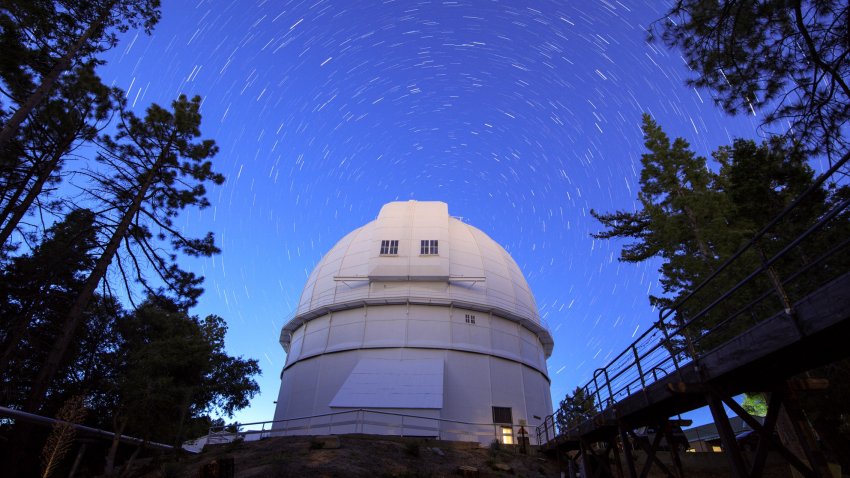
Snack closer to the stars: Mount Wilson Observatory's Cosmic Cafe reopens
When the casual mountain-high eatery returns, warmer weather is near; also, docent-led tours are back, too, on select days.
-

Things to do this weekend: PaleyFest LA honors big TV shows, with major stars on stage
Fans will gather at the Dolby Theatre in Hollywood as creatives from “The Morning Show” and “Loki” chat and answer questions.
-
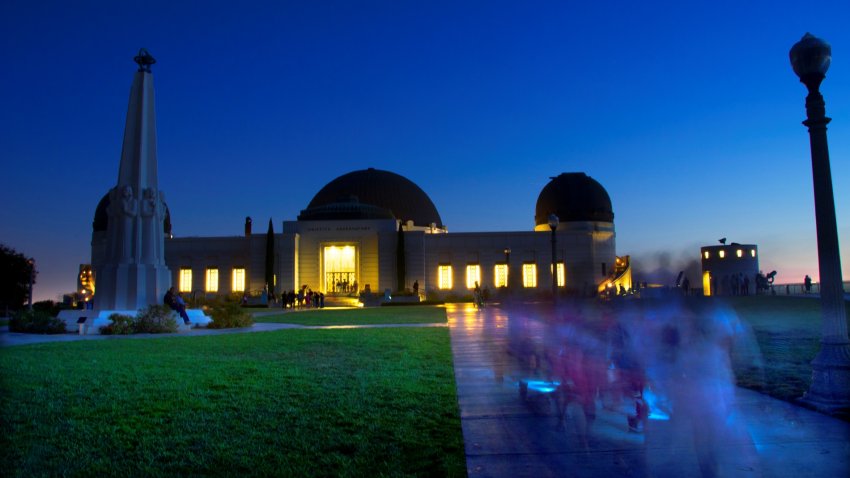
CANCELED Griffith Observatory's free Public Star Party is totally cosmic, even without an eclipse
Have the eclipse-is-over blues? There’s a wonder-filled remedy in Griffith Park.
-
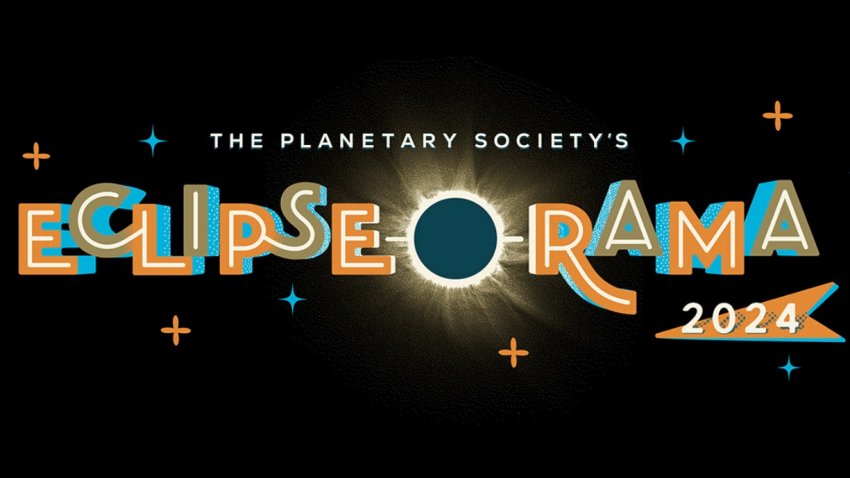
The Planetary Society, that Pasadena star, has whimsical wearables for watching the eclipse
Don’t forget the all-important eclipse glasses, too, when you rock your Eclipse-O-Rama tee.
-
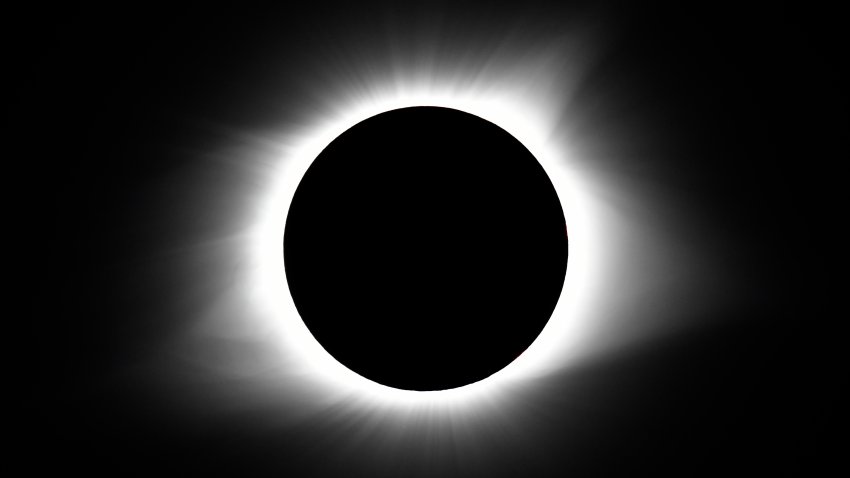
A ‘devil comet' is set to swing by the sun and could be visible during the eclipse
A “devil comet” known for its occasional outbursts is currently visible in the night sky, and lucky stargazers may even be able to spot the celestial object during next month’s much-anticipated solar eclipse, according to NBC News.
-
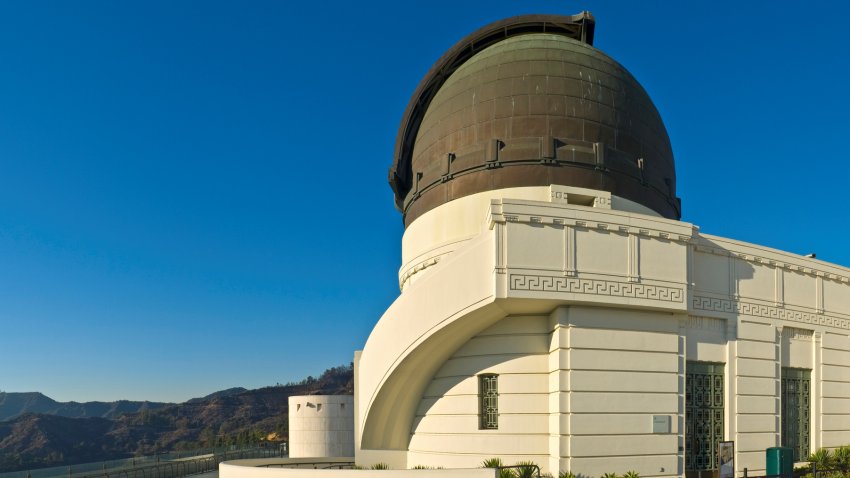
Griffith Observatory will greet spring's start with a pair of cosmic talks
Make for the landmark at local noon and/or sunset to discuss what’s up with the vernal equinox.
-

What is the difference between an equinox and a solstice?
Mark your calendar because the seasons are changing! Here’s what you need to know about equinoxes and solstices.
-
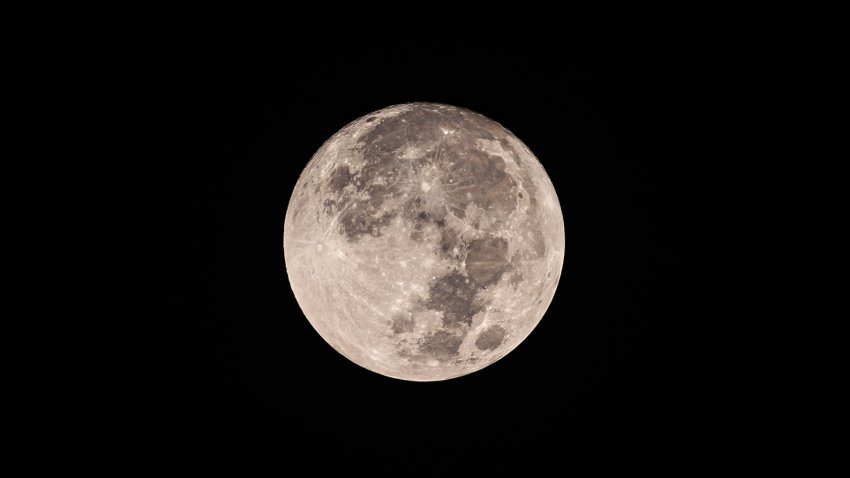
Here's how and when to see the Snow Moon in LA this weekend
The “micromoon” full moon will be above Southern California sky this weekend.
-
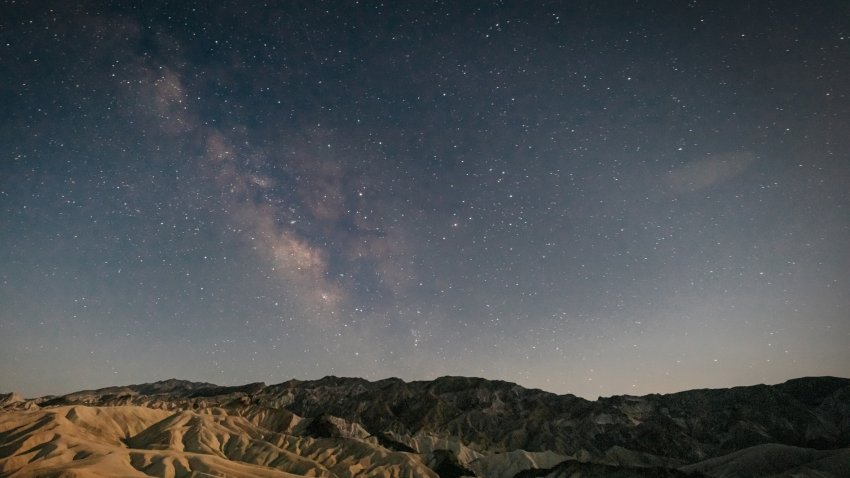
March starts with marvels of the starriest sort at the Death Valley Dark Sky Festival
Twinkle twinkle: Bask in the ginormous glittery bowl, the one above the lunar-like national park, over three epic and astronomical nights.
-
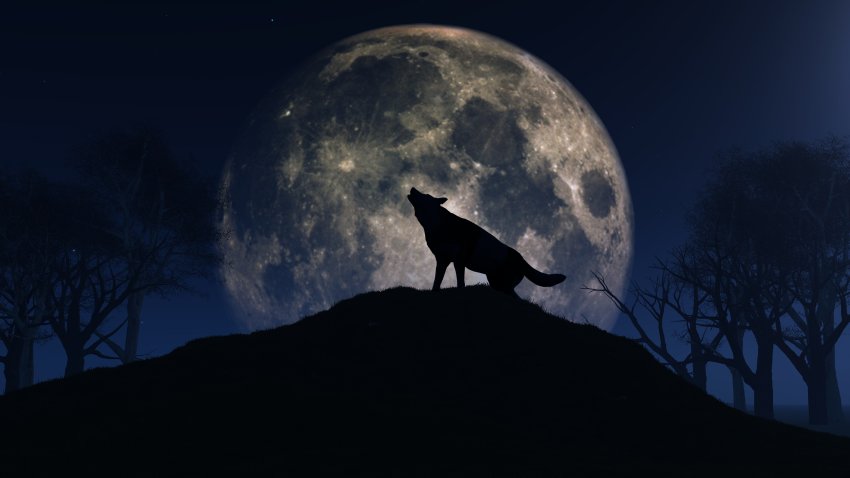
Where and when to see the Wolf Moon tonight — The first full moon of 2024
A Full Wolf Moon happens once a year. Here’s what to do so you won’t miss it.
-
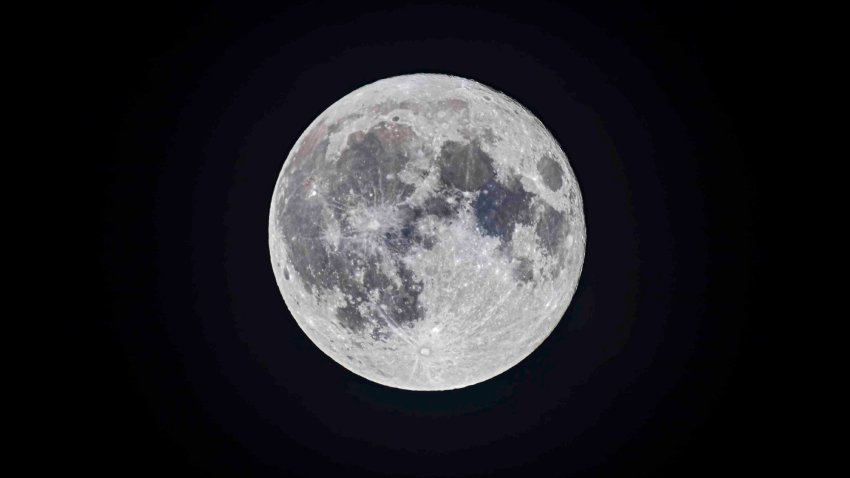
‘Cold Moon,' the final full moon of 2023, set to rise in the night sky this week
The 13th and final full moon of 2023, also known as the “Cold Moon,” will shine bright this holiday season, just in time to ring in the new year.
-
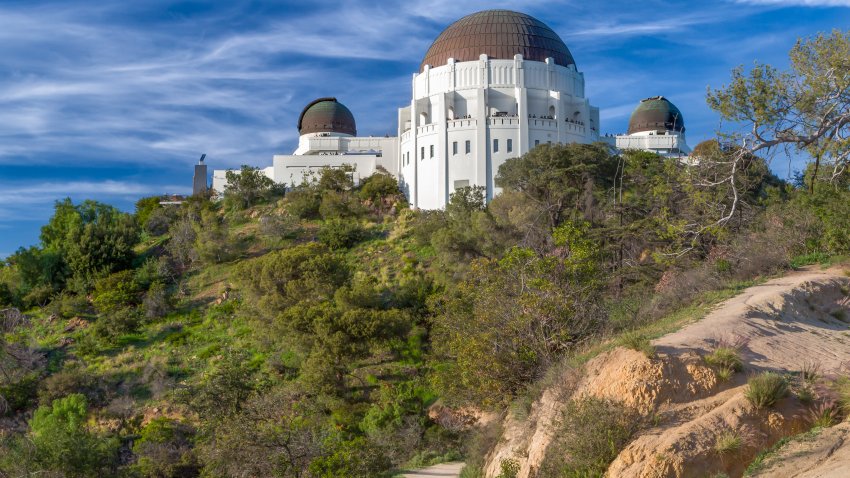
A free Griffith Observatory talk will explore all sorts of solstice-y facts (if the rain allows)
The afternoon event, a winter solstice tradition, will proceed if the skies clear up.
-
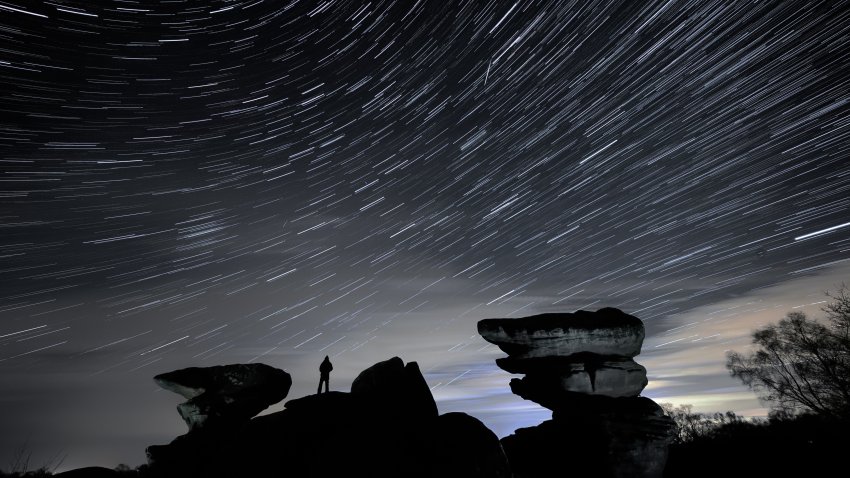
The Geminid meteor shower peaks tonight. Here's when and where to watch it
The annual Geminids will provide a cosmic spectacle Wednesday night and reach peak frenzy Thursday morning.
-
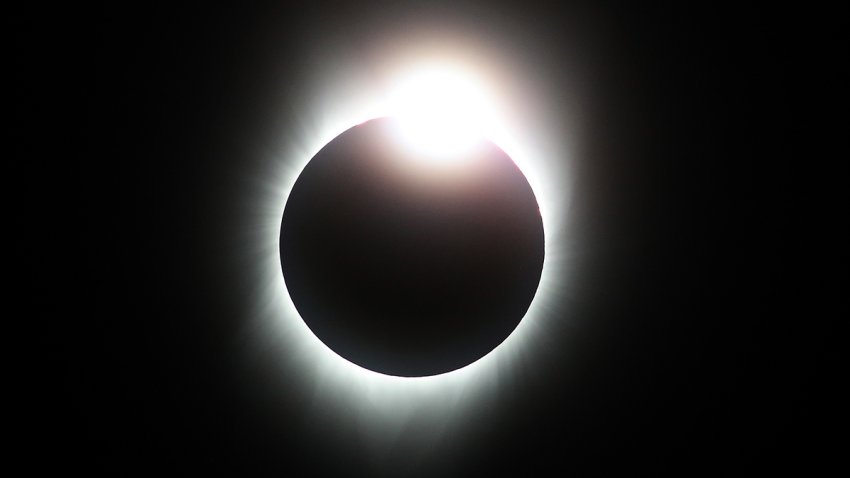
Hold on to those shades, the next total solar eclipse is expected in 2024
The sun will be in the limelight again. Following the annular solar eclipse on Saturday, another opportunity awaits eclipse watchers next year. The next total solar eclipse, which will occur on April 8, will pass over the U.S., Mexico and Canada. The previous one occurred back in 2017, lasting less than 10 minutes. According to NASA, a total solar eclipse…
-
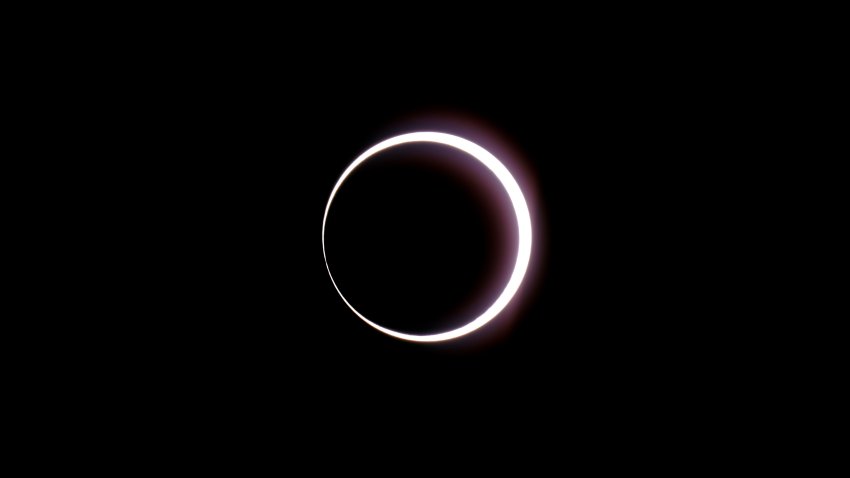
Crowds cheer as ‘ring of fire' eclipse moves across the Americas, stretching from Oregon to Brazil
Crowds cheered in Oregon and New Mexico as a rare “ring of fire” eclipse of the sun begin making its way across the Americas.
-
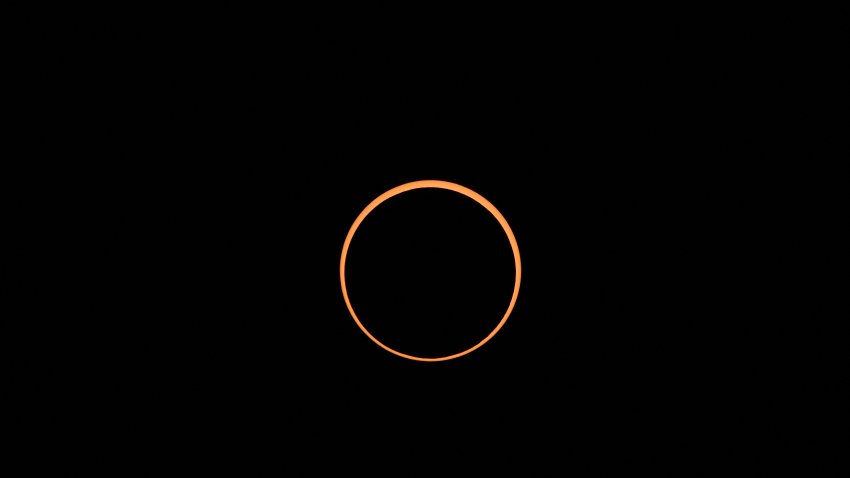
Watch: ‘Ring of Fire' solar eclipse
The partial eclipse was visible across parts of the United States, Mexico, Central America and South America.
-

Griffith Observatory to hold two free events during the partial solar eclipse
An online broadcast will give viewers at home a deeper look, while visitors to the landmark can peer, safely, through special telescopes.
-
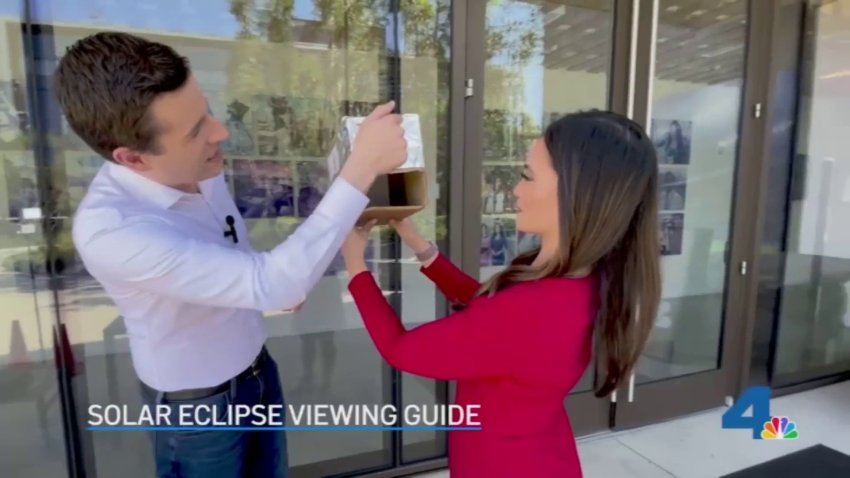
No eclipse glasses? Here are some backup options
You can put together then eclipse viewers at home. David Biggar and Shanna Mendiola explain how it’s done.
-
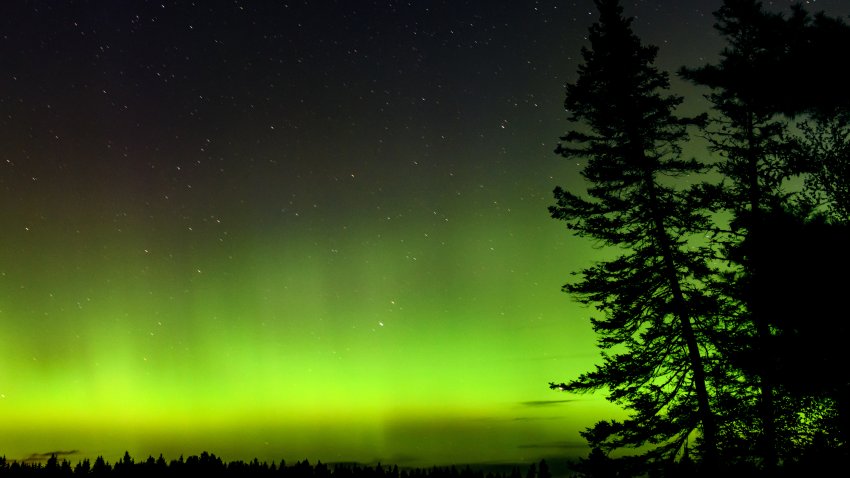
Northern lights activity is sky-high, and scientists say more is yet to come
Every glimmer of the northern lights begins as a spot on the sun’s surface. And if increased solar activity is any indication, the next year and a half will be filled with glimmers.
-

Autumn illuminated: Join a free Public Star Party at Griffith Observatory
The twinkle-twinkle to-do will begin in the afternoon and extend into the evening.

